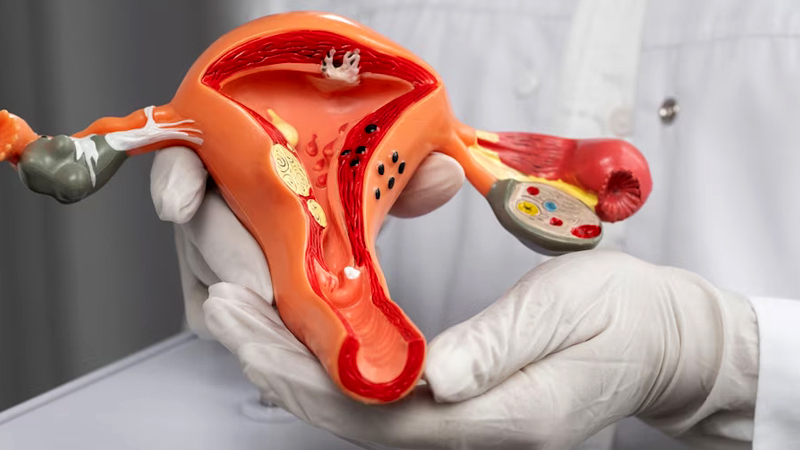
Ovarian Cystectomy
An ovarian cystectomy is a surgical procedure designed to remove a cyst from one of the ovaries while preserving the ovary itself. This procedure is often chosen for cysts that cause symptoms, do not resolve on their own, or have suspicious features. Below is a detailed overview of the procedure, including indications, types, recovery, benefits, risks, and alternatives.
Indications
Ovarian cystectomy is recommended for:
- Persistent Cysts: Cysts that remain after several menstrual cycles.
- Symptomatic Cysts: Causing pain, bloating, or pressure.
- Large Cysts: Typically larger than 5-10 cm.
- Suspicious Cysts: Cysts that appear complex or have features suggesting malignancy.
- Cysts Impacting Fertility: When cysts interfere with reproductive function.
- Ruptured Cysts: Causing severe pain or internal bleeding.
Types of Ovarian Cystectomy
- Laparoscopic Ovarian Cystectomy: A minimally invasive procedure using small incisions.
- Open Ovarian Cystectomy (Laparotomy): A traditional surgery with a larger abdominal incision.
Procedure
Laparoscopic Ovarian Cystectomy
- Anesthesia: General anesthesia is administered.
- Incisions: Small incisions (usually 3-4) are made in the abdomen.
- Laparoscope Insertion: A laparoscope (camera) is inserted through one incision.
- Surgical Instruments: Instruments are inserted through other incisions.
- Cyst Removal: The cyst is carefully separated from the ovary and removed. The ovary is sutured if necessary.
- Closure: Incisions are closed with sutures or surgical tape.
Open Ovarian Cystectomy (Laparotomy)
- Anesthesia: General anesthesia is administered.
- Incision: A larger incision is made in the lower abdomen.
- Cyst Removal: The cyst is separated from the ovary and removed. The ovary is sutured if necessary.
- Closure: The abdominal incision is closed with sutures.
Recovery
- Hospital Stay: Laparoscopic surgery typically involves a shorter stay, often same-day discharge. Open surgery may require a 2-4 day stay.
- Postoperative Care: Includes pain management and monitoring for complications.
- Activity: Light activities can resume in a few days after laparoscopic surgery, with full recovery in 2-4 weeks. Open surgery requires 4-6 weeks for full recovery.
- Follow-up: Regular follow-up appointments ensure proper healing and monitor for cyst recurrence.
Benefits
- Symptom Relief: Reduces pain and discomfort.
- Fertility Preservation: The ovary and potential fertility are preserved.
- Minimally Invasive: Laparoscopic surgery offers smaller incisions, less pain, and quicker recovery.
Risks and Complications
- Bleeding: Some blood loss during surgery.
- Infection: Risk at the incision sites or within the pelvic cavity.
- Organ Injury: Small risk of injury to surrounding organs such as the bladder or intestines.
- Adhesions: Scar tissue formation that may cause pain or fertility issues.
- Cyst Recurrence: New cysts may develop in the future.
Alternatives
- Watchful Waiting: Monitoring the cyst with regular ultrasounds to see if it resolves on its own.
- Medication: Hormonal treatments, such as birth control pills, to prevent new cysts.
- Aspiration: Draining the cyst with a needle, though this is less common and may not be a permanent solution.
Patients should discuss their specific symptoms, the size and type of cyst, and overall health with their healthcare provider to determine the best treatment approach.
